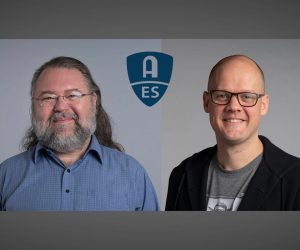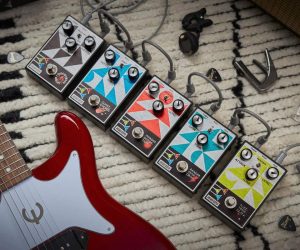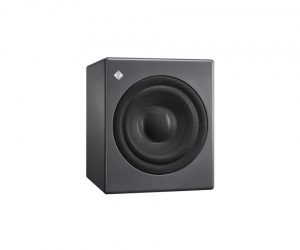AES RELEASE 3D AUDIO STANDARD
![]()
The Audio Engineering Society recently released a new publication of the AES69-2015 standard, to specifically provide a framework for binaural and personal 3D audio productions. The publication includes the standard format and exchange of spatial acoustics files, as agreed upon by the AES Standards Committee.
The increased popularity of personal binaural/3D audio (via headphones attached to smart phones, tablets or home/professional systems), led to the need for a greater understanding in the way a listener experiences binaural sound, with regards to head-related transfer functions (HRTF). Even though 3D audio seems to be the most popular choice among listeners, it’s binaural listening, in fact, that is believed to be the first 3D audio vector containing the sufficient fidelity for HRTF.
The past the lack of a standard (for the exchange of HRTF data), made it difficult for developers to exchange binaural capture or even to effectively render algorithms. The new audio standard defines a file format to exchange space-related acoustic data in various forms, including HRTF and directional room impulse responses (DRIR).
As the increase of computing power has grown, so has the ability to render greater convolution-based reverberation processors in 3D virtual audio environments. The scalable format is designed to match the available rendering process and is flexible enough to include source materials from different databases.
While Convolution-based reverberators do provide an authentic listening experience, they also depend on the acoustic quality of the applied DRIR, leading the committee to define a list of requirements for the standard .
The following requirements are supported:
- Description of a measurement setup with arbitrary geometry; that is, not limited to special cases like a regular grid, or a constant distance.
- Self-describing data with a consistent definition; that is, all the required information about the measurement setup must be provided as metadata in the file.
- Flexibility to describe data of multiple conditions (listeners, distances, etc.) in a single file.
- Predefined descriptions for the most common measurement setups, which are referred to as “conventions.”
AES Standards Committee Chair Bruce Olson states, “AES69 represents a fundamental piece of architecture for taking personal audio to a new level of performance. Using this, product developers will be able to take advantage of transfer-function databases from all over the world to produce a truly immersive 3D audio experience.”
Building upon an earlier project that defined a spatially-oriented format for acoustics (SOFA), the publication was developed by an AES writing group led by Matthieu Parmentier, along with principal authors Piotr Majdak and Markus Noisternig. The project was motivated by the recent AES 57th International Conference, which addressed these and other immersive audio delivery standards.
The full AES69-2015 standard publication is available to purchase here (free for members, $50 for non-members): www.aes.org/publications/standards
Excerpts from Press Release.
Feature image: Archipel studio Republique’s main mixing console, an IconD-Control ES 32 (image: © Achipel Productions).
















RESPONSES